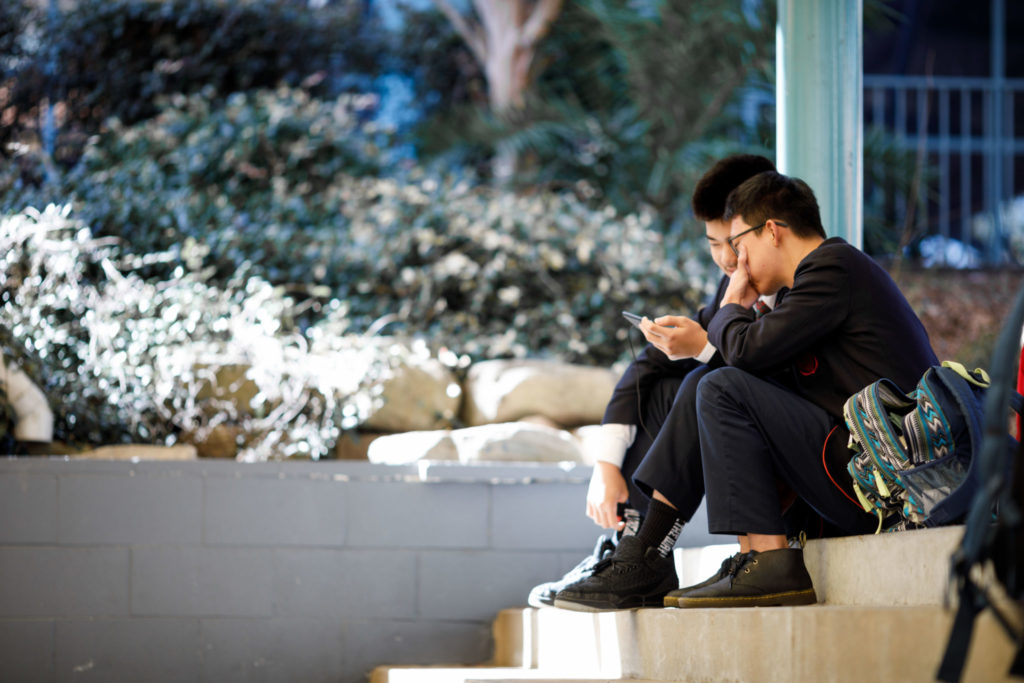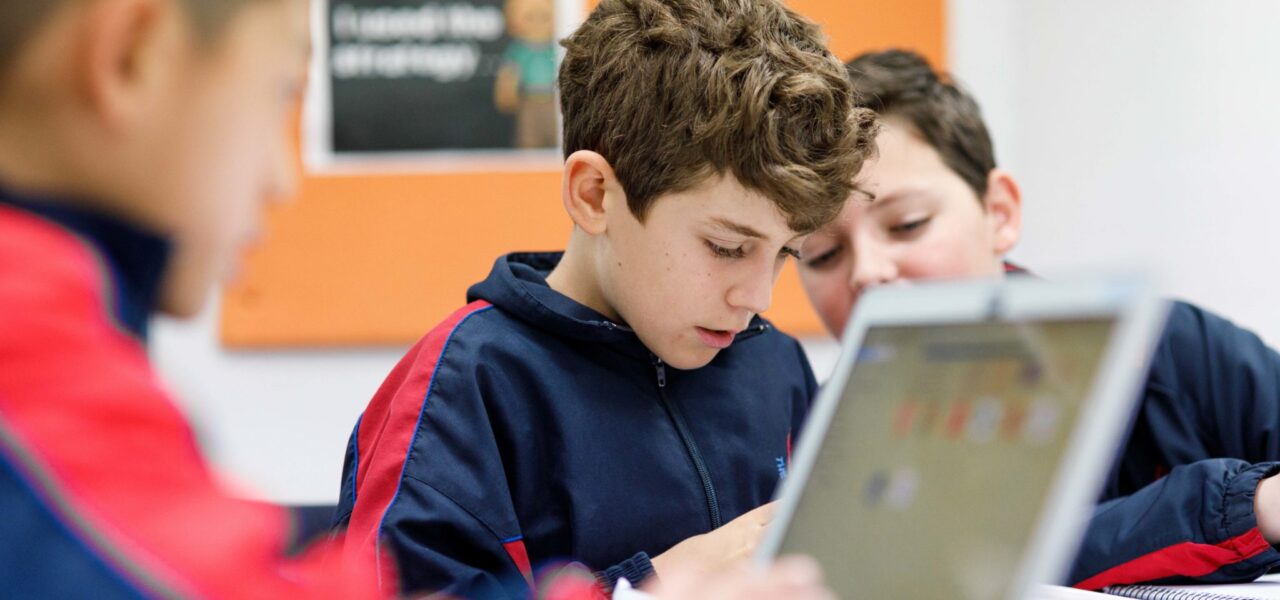Online Safety
WHAT APPS ARE STUDENTS USING?
The most popular apps that teenagers are signed up to are Youtube, Facebook, Instagram, Tik Tok, Snapchat and Fortnite. We should remember that this is a difficult time for teenagers because they want to assert their independence but we want them to be safe while doing it. So, we should see it from both perspectives and negotiate our expectations from the beginning.

HOW TO TACKLE SOCIAL MEDIA
- Signing up to the app together and sharing the same account. This can be used to open up a conversation about the type of people who could be potentially dangerous online and you can monitor your child’s interactions.
- Create an account under an alias – so your child’s friends do not know – so you can monitor their public interactions. Be mindful that you will not have access to their private conversations through this strategy.
- Have the passwords for your child’s accounts. This way you can see what is happening at a time that suits you.
- Set accounts to private. This feature is usually found in the settings tab.
HIGHER RISK APPS
There are two apps that pose greater risk when using them: Snapchat and Fortnite. Snapchat poses a higher risk when its being used because the messages disappear. However, they can be restored by the correct authorities if they need to be retrieved. In relation to Fortnite, it poses a greater risk because players can talk to anyone around the world which could facilitate inappropriate contact between users. In summary, be mindful about the apps that your children are interacting with and open up a conversation about what is happening in their digital lives.
MORE ON E-SAFETY
This is studied in Year 7 with the implementation of the new PDHPE syllabus. If you have any questions or queries, this website is a good place to start: https://www.esafety.gov.au/parents
Warm regards,
Mr. Kaissis
PDHPE

